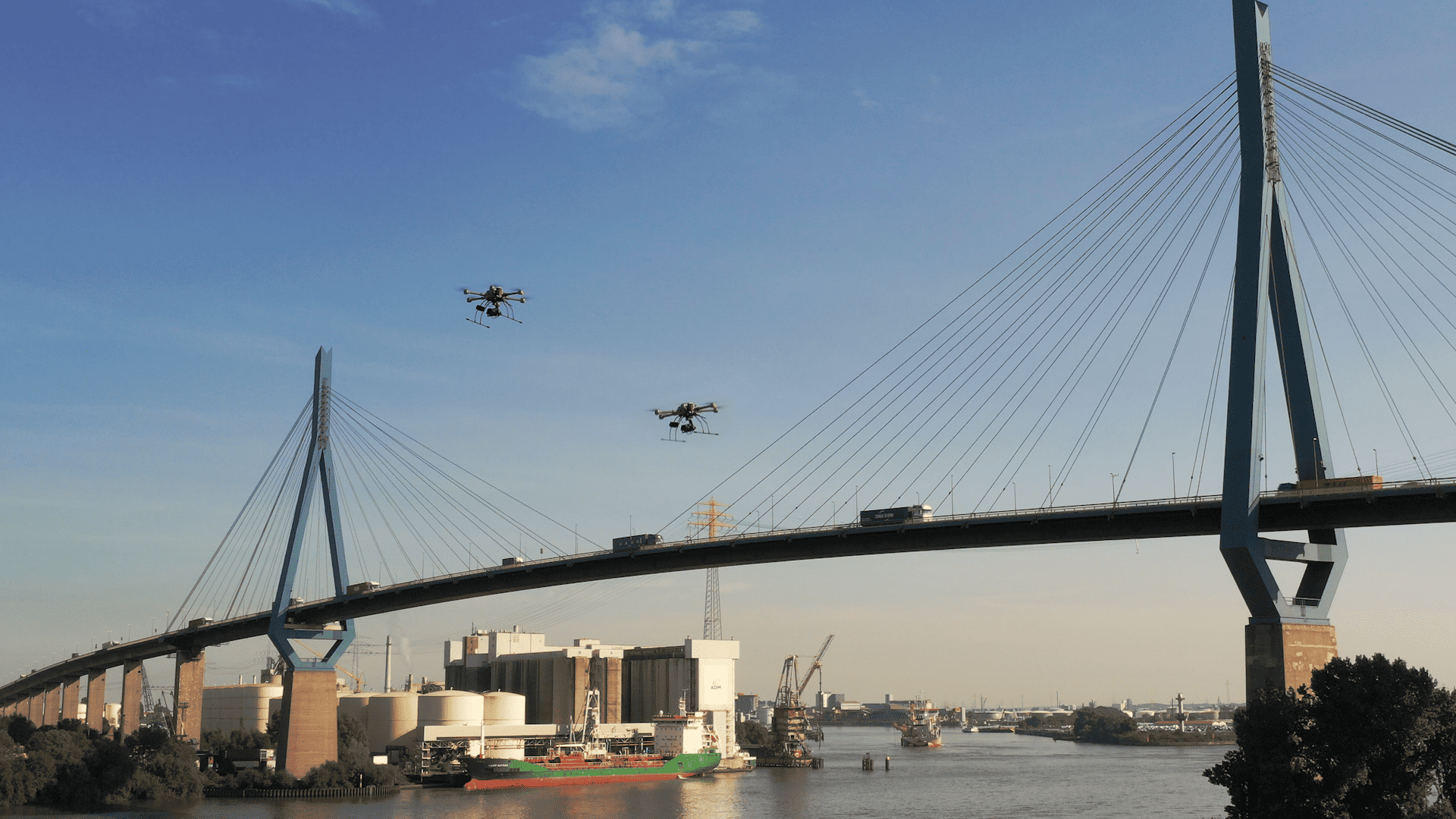
SwissInspect, a start-up from Swiss technology institute École Polytechnique Fédérale (EPFL) in Lausanne, Switzerland has developed a novel bridge-inspection system that combines structural engineering with drone technology, artificial intelligence and computer vision. SwissInspect is the result of research at Earthquake Engineering and Structural Dynamics Laboratory (EESD) in collaboration with Swiss Data Science Center (SDSC) on the image-based inspection and monitoring of structural elements. The company plans to test its system on around 50 bridges in Switzerland, according to a press release.
Switzerland’s bridges are currently inspected every two to five years using conventional visual inspection. But SwissInspect hopes to change all that with its new technology, which provides more objective evaluations and could be applied to other types of structures like tunnels, dams and buildings. The company’s approach combines structural engineering, computer vision, and artificial intelligence to make infrastructure inspections safer, more objective, and efficient.
Drones to inspect 50 bridges in 18 months
The startup has recently won a CHF 300,000 InnoSuisse grant to inspect around 50 bridges across Switzerland over a period of 18 months. SwissInspect has also just won the Venture Kick grant of CHF 10’000, which will help the startup develop its business. This project involves the Earthquake Engineering and Structural Dynamics Laboratory (EESD) and the Geodetic Engineering Laboratory (TOPO), both at EPFL’s School of Architecture, Civil and Environmental Engineering (ENAC), providing outstanding expertise on image-based surveys using drones (UAVs).
For maintenance and repair work
“Our goal at SwissInspect is to give engineers and infrastructure owners a system they can use to plan maintenance and repair work more efficiently,” says Amir Rezaie, who holds a PhD in civil engineering and is the CEO of SwissInspect. “We do not want to be a data collector or a 3D visualization platform, we transform raw data into actionable information.” From images, they detect various types of damage, including cracking, spalling, efflorescence, rust, etc. They also provide a physics-based classification of damage, which is crucial information to evaluate the structural health of a bridge.
Digital twin
“When it comes to inspection, traceability is critical, which we seek to provide by creating the digital twin of bridges”, says Amir Rezaie. He also points out that in the future, other sources of information could be added to the digital twins, such as data from sensors installed directly on a bridge.
Another advantage of SwissInspect’s system relative to visual methods is that the technology allows inspections to be carried out more frequently. That’s especially important in light of climate change, as infrastructure will be increasingly exposed to alternating periods of flooding and drought as well as higher relative humidity levels that could fasten the degradation of materials.
Also interesting:
Predicting eye movements with Artificial Intelligence
Artificial Intelligence identifies gene signature of COVID-19
Selected for you!
Innovation Origins is the European platform for innovation news. In addition to the many reports from our own editors in 15 European countries, we select the most important press releases from reliable sources. This way you can stay up to date on what is happening in the world of innovation. Are you or do you know an organization that should not be missing from our list of selected sources? Then report to our editorial team.







